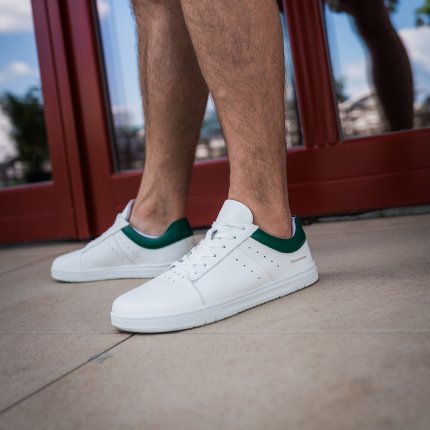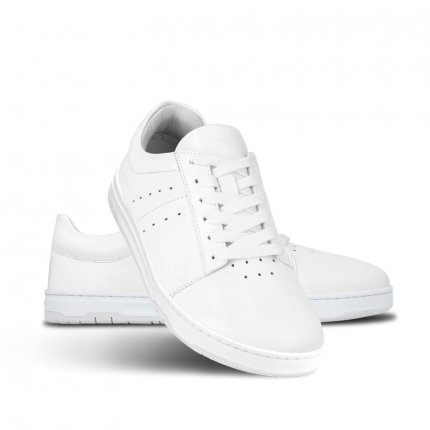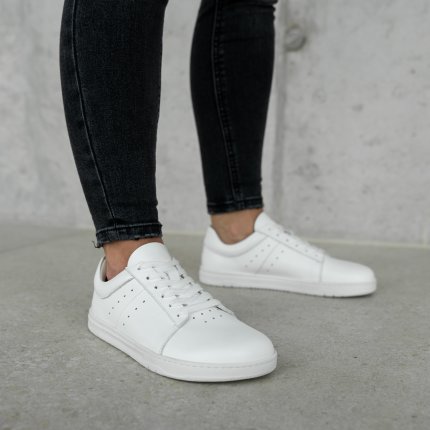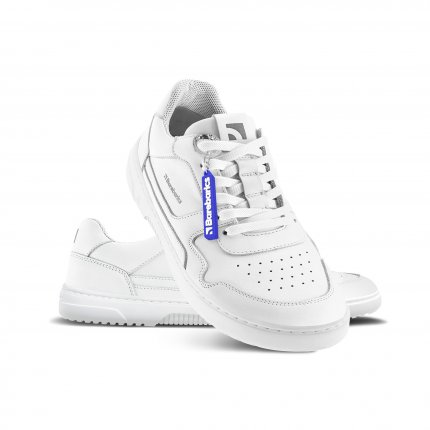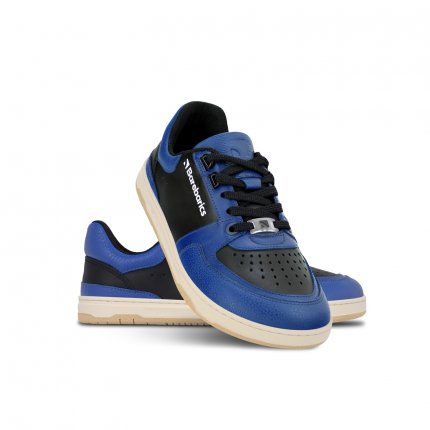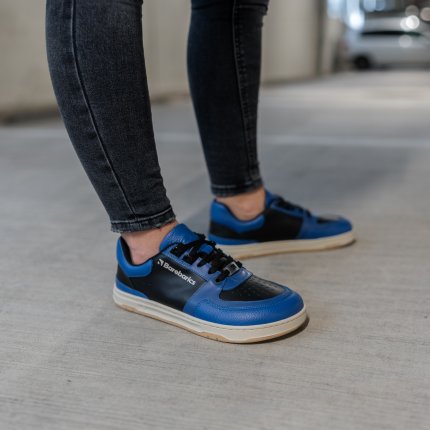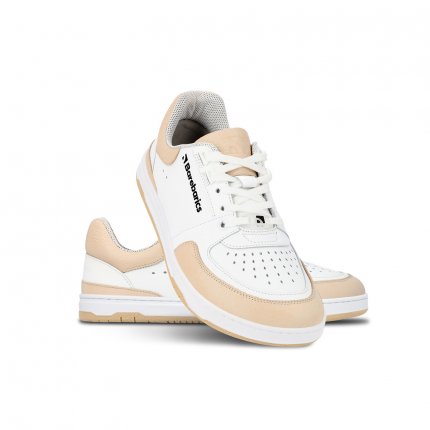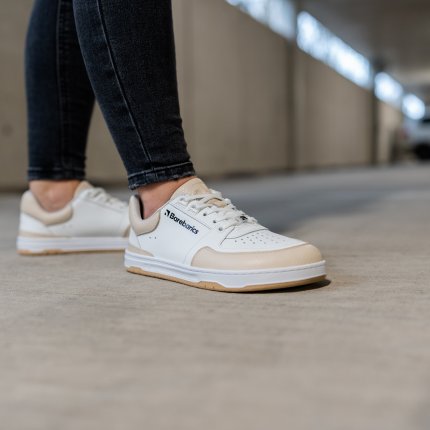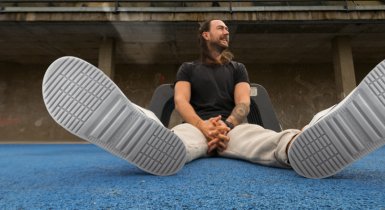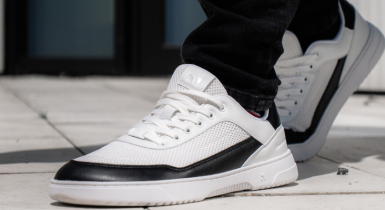How Long Does It Take to Transition to Barefoot Sneakers?
Your feet are over it. Over being squeezed. Over fake arch support. Over shoes that feel like stiff little boxes. Barefoot sneakers feel like freedom, but your body still needs time to catch up. In this blog, we’ll walk through how long it takes to transition, how to prep your feet, and what to expect along the way.
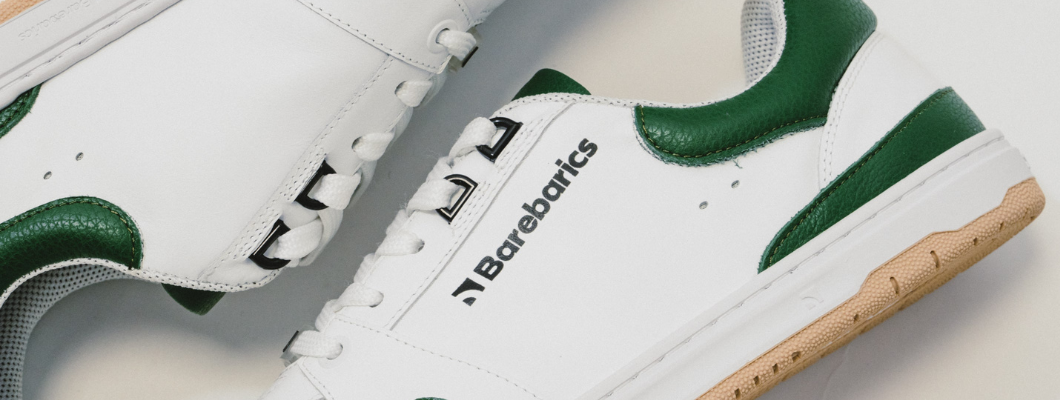
Table of contents
How do I know I’m ready for barefoot sneakers?
If any of this sounds familiar, you’re more than ready:
- Your “normal” shoes feel tight, even when they’re the right size.
- You get random back or knee pain after a regular day at work — not after a hike, just… existing.
- You’ve caught yourself googling things like “shoes that don’t suck.”
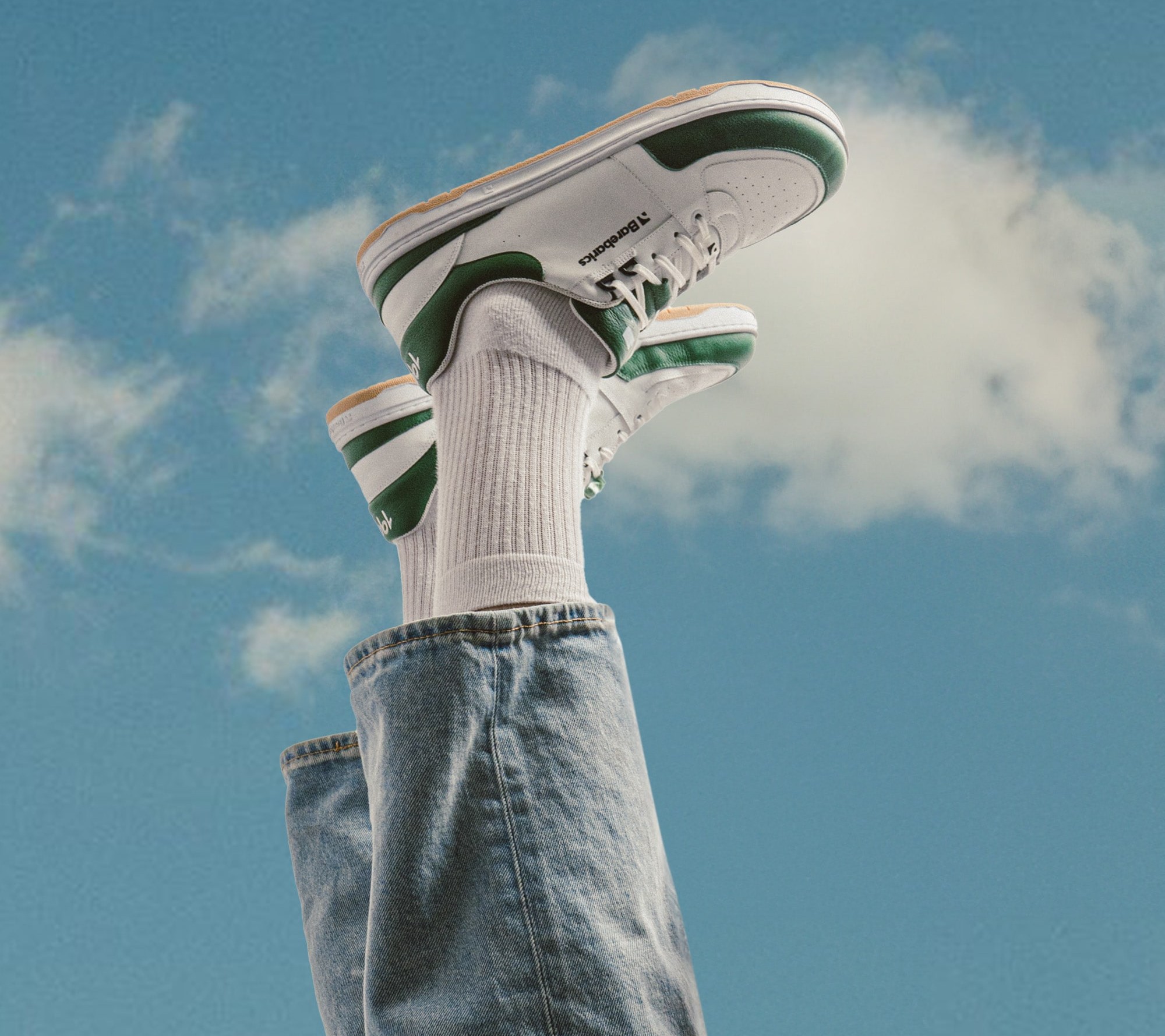
How long does the barefoot transition actually take?
There’s no one-size-fits-all answer, but here’s a general breakdown:
Beginner:
0–8 weeks wearing barefoot shoes for 1–2 hours a day. Your feet are waking up. Be kind.
Getting there:
8–16 weeks with gradual increases in time. Try walking outside, mixing in longer periods, and letting your muscles adjust.
Fully adapted:
After ~16 weeks, your feet and brain should be working together like best friends again. No more aches, no more weird walking patterns.
What it depends on:
- Your age and general fitness
- How long your feet have been in “passive support” shoes
- How patient (or stubborn) you are
So yeah, your friend might adapt in a month. You might need three. Both are normal.

What helps the switch go smoothly?
You don’t need to overhaul your life. You just need a few good habits:
- Start small. 1–2 hours a day is plenty in the beginning.
- Go barefoot at home for 30+ minutes a day — floors count.
- Do low-effort foot strengtheners:
- Scrunch a towel with your toes
- Walk on your tiptoes
- Roll a tennis ball under your feet
What mistakes should I avoid at the beginning?
Even the best intentions can backfire. Here’s what not to do:
- Wearing them all day, every day, right away. Your muscles need onboarding, not shock therapy.
- Guessing your size. Barefoot shoes fit differently — use our size guide.
- Keeping it indoors forever. Real-world surfaces teach your feet more than your hallway ever will.
- Expecting instant magic. This isn’t a Netflix makeover. Give it time, the results are worth it.

Final thoughts & next steps
Switching to barefoot sneakers is like going back to how your body was meant to move. But undoing years of stiff soles and cramped toes takes time.
Start slow. Listen to your feet. And remember: the goal isn’t to rush — it’s to feel better, walk smarter, and stop fighting your own shoes.
Sources
- Johnson, M. Adapting to Minimalist Footwear: What to Expect. Journal of Biomechanics. 2023.
- Patel, L. Transitioning to Barefoot: Muscle Response and Adaptation. Foot & Ankle Research. 2022.
- Klein, J. Foot Health and Natural Movement: Why Gradual Change Works Best. Urban Wellness Journal. 2023.
Can I go barefoot full-time right away?
+ -We wouldn’t. Give it at least a few weeks of gradual use. Your feet need time to adapt.
What’s the most important part of the transition?
+ -Consistency. Small daily steps are better than going all-in one day and giving up the next.
What if I feel sore at first?
+ -Some fatigue is normal — especially in muscles you haven’t used in a while. Ease up, don’t quit.
Do I need to do foot exercises?
+ -They’re not mandatory, but they help — especially during the first 6–8 weeks.
Is barefoot walking good for posture?
+ -Yes. It helps you move more naturally, stand taller, and use your body the way it was designed to work.




